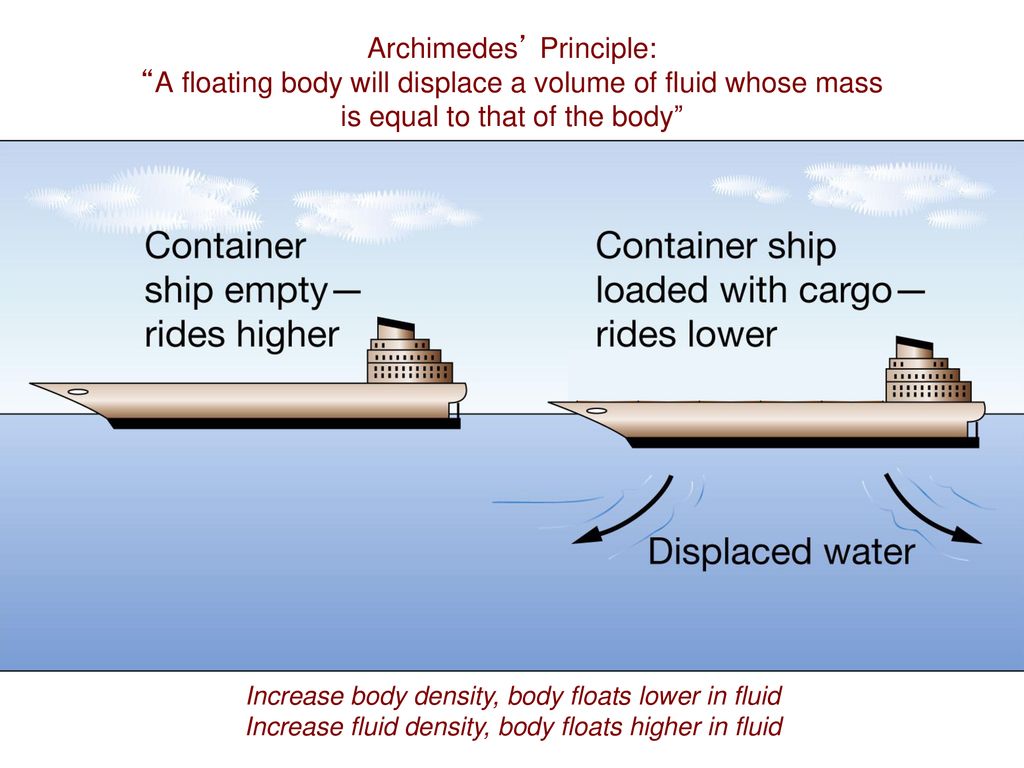Theory holds that the mantle is able to convect because of its plasticity, and this property also allows for another very important Earth process known as isostasy. The literal meaning of the word isostasy is “equal standstill”,ie. to maintain equilibrium. The general term 'isostasy' was coined in 1882 by the American geologist Clarence Dutton.
Isostasy is the rising or settling of a portion of the Earth's lithosphere that occurs when weight is removed or added in order to maintain equilibrium between buoyancy forces that push the lithosphere upward and gravity forces that pull the lithosphere downward. Thus Isostasy is based on the opposing influences of two main forces: buoyancy and gravity.
This concept is invoked to explain how different topographic heights can exist at Earth's surface. When a certain area of Earth's crust reaches the state of isostasy, it is said to be in isostatic equilibrium. Isostasy does not upset equilibrium but instead restores it (a negative feedback). It is a natural adjustment or balance maintained by blocks of crust of different thicknesses. Thus, isostasy is an application of Archimedes’ law of buoyancy to the Earth.
Notice how a container ship filled with cargo is slightly submerged in water while an empty container ship rides higher above water. Thus In the simplest example, isostasy is the principle of buoyancy in which an object immersed in a fluid is buoyed with a force equal to the weight of the displaced fluid.
Isostasy is the rising or settling of a portion of the Earth's lithosphere that occurs when weight is removed or added in order to maintain equilibrium between buoyancy forces that push the lithosphere upward and gravity forces that pull the lithosphere downward. Thus Isostasy is based on the opposing influences of two main forces: buoyancy and gravity.
This concept is invoked to explain how different topographic heights can exist at Earth's surface. When a certain area of Earth's crust reaches the state of isostasy, it is said to be in isostatic equilibrium. Isostasy does not upset equilibrium but instead restores it (a negative feedback). It is a natural adjustment or balance maintained by blocks of crust of different thicknesses. Thus, isostasy is an application of Archimedes’ law of buoyancy to the Earth.
Notice how a container ship filled with cargo is slightly submerged in water while an empty container ship rides higher above water. Thus In the simplest example, isostasy is the principle of buoyancy in which an object immersed in a fluid is buoyed with a force equal to the weight of the displaced fluid.
Greenland is another example of isostacy. The Greenland land mass is mostly below sea level because of the weight of the ice cap that covers the island. If the ice cap were to melt, the resulting water would raise sea level. The land mass would also begin to rise with its load removed, but it would rise more slowly than the sea level. Long after the ice melted, the land would eventually rise to a level where its surface is well above sea level and the isostatic balance would be reached again,
Isostasy controls the regional elevations of continents and ocean floors in accordance with the densities of their underlying rocks(lithospheric crust is granitic while the oceanic crust is basaltic).

Comments
Post a Comment